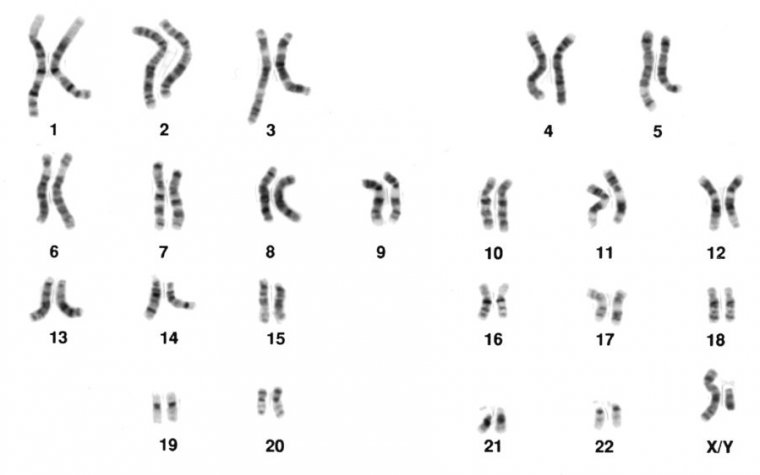Some genetic disorders may be caused by defects we couldn’t detect
Ars Technica » Scientific Method 2016-11-18

Enlarge / Major genetic defects are often identified by looking for oddities in the chromosome pairs. (credit: National Cancer Institute)
You have two copies of each chromosome, one from your mom and one from your dad. And your parents’ two copies get scrambled together before they get passed on to you, so the copy of chromosome 1 you got from your mom is a unique composite of the two copies she got from her two parents. Same with the copy of chromosome 1 you got from your dad.
This process is called recombination, and the mixing of genes it allows is one of the primary benefits of sexual reproduction. According to geneticists, anyway. But now it seems that recombination is responsible for more genetic issues than we had previously surmised.
Like elections and everything else in this world, recombination doesn’t always go smoothly, and different types of errors can happen. Genetic sequences can get inverted or duplicated when they are moved from one chromosome to another; or they can get spliced into the wrong place, disrupting a gene. These errors have clinical ramifications, often resulting in neurodevelopmental disorders, especially autism spectrum disorders and intellectual disability.